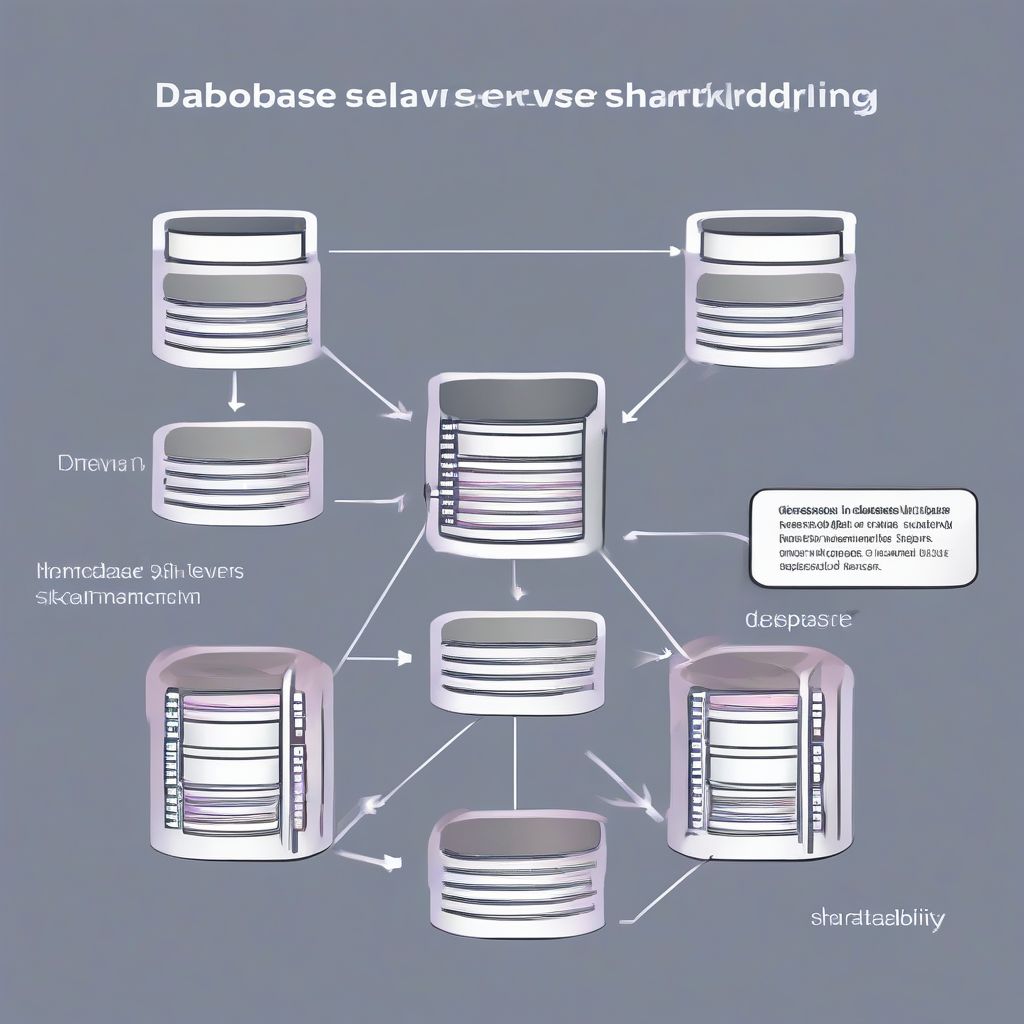Imagine this: your mobile app is gaining traction. Downloads are increasing, user engagement is through the roof, and you’re on your way to becoming the next big thing. But as your user base grows, you start noticing performance issues. The app is sluggish, features are lagging, and users are starting to complain. This, my friend, is the scaling challenge. It’s a good problem to have, but a problem nonetheless. So how do you ensure your app remains a five-star experience even with millions of users? Let’s dive in.
Understanding the Importance of Scalability
Scaling isn’t just about handling more users; it’s about handling them without compromising performance, stability, and user experience. It’s the difference between a fleeting moment of success and building a sustainable mobile app business.
Think of it like building a house. You wouldn’t construct a tiny foundation and expect it to support a skyscraper. Similarly, your app needs a robust infrastructure that can accommodate future growth spurts without collapsing.
Key Considerations When Scaling Mobile Apps
Scaling your app isn’t a one-size-fits-all approach. It requires careful planning and a deep understanding of your app’s architecture, user behavior, and future goals. Here’s what you need to consider:
1. Architecture: Building for Flexibility
Your app’s architecture is the foundation on which everything else rests. When designing for scale, opt for:
- Microservices: Break down your app into smaller, independent services that can be developed, deployed, and scaled individually. This allows for greater flexibility and resilience.
- APIs: Leverage APIs (Application Programming Interfaces) to connect different parts of your app and communicate with third-party services efficiently.
- Cloud Infrastructure: Cloud platforms like AWS, Google Cloud, and Azure provide scalable infrastructure and services that can adapt to your app’s growing needs.
2. Database Optimization
As your user base grows, so does your data. A poorly optimized database can become a bottleneck, leading to slow loading times and frustrated users. Consider these optimization strategies:
- Database Indexing: Proper indexing allows for faster data retrieval, similar to how an index in a book helps you find information quickly.
- Caching: Store frequently accessed data in a cache to reduce the load on your database and speed up response times.
- Database Sharding: Distribute your database across multiple servers to handle large volumes of data and traffic more efficiently.
 Database Optimization
Database Optimization
3. Performance Monitoring and Optimization
Scaling is an ongoing process, not a one-time fix. You need to constantly monitor your app’s performance and identify potential bottlenecks before they impact users. Utilize performance monitoring tools to track key metrics like:
- App Load Time: How long does it take for your app to launch?
- API Response Time: Are your APIs responding quickly to requests?
- Database Queries: Are database queries efficient and optimized?
4. User Experience (UX) Design
Scaling isn’t just about the backend; it’s about maintaining a seamless and enjoyable user experience. As your app grows, ensure your UX design remains intuitive and user-friendly:
- Simple Navigation: Don’t overwhelm users with too many features or complex navigation. Keep it clean and intuitive.
- Personalization: Offer personalized experiences based on user preferences to enhance engagement and retention.
- Accessibility: Design your app to be accessible to users with disabilities, ensuring everyone can enjoy a positive experience.
Common Scaling Pitfalls to Avoid
While scaling is crucial for growth, it’s easy to stumble upon common pitfalls:
- Ignoring Early Warning Signs: Don’t wait for a major crash to address performance issues. Monitor metrics closely and address minor hiccups before they escalate.
- Over-Engineering: Building for millions of users from day one might seem tempting, but it can lead to unnecessary complexity and wasted resources. Focus on building a solid foundation and scale incrementally.
- Lack of Testing: Thorough testing is critical before deploying any changes to a live environment. Implement rigorous testing procedures to ensure new features or updates don’t negatively impact your app’s performance.
Conclusion: Building for the Future
Scaling your mobile app is an ongoing journey, not a destination. By focusing on a flexible architecture, optimizing your database, monitoring performance, and prioritizing user experience, you can build an app that’s not only ready for growth but also poised for long-term success. Remember, building a successful mobile app is about creating a seamless and enjoyable experience for every user, regardless of their number.
[amazon bestseller=”mobile app development”]
